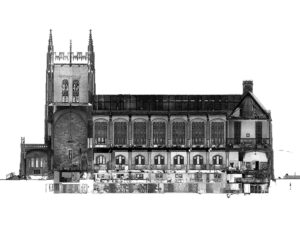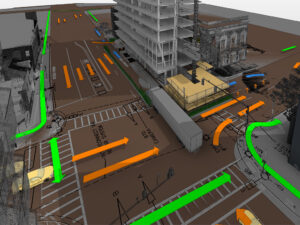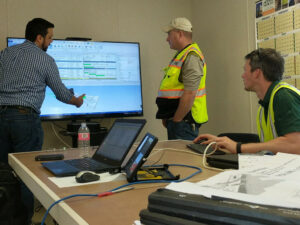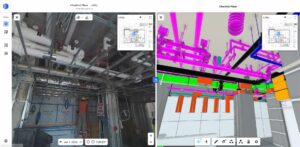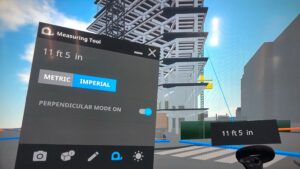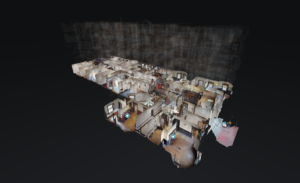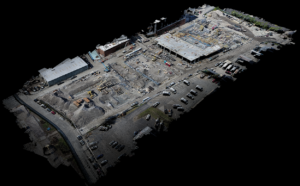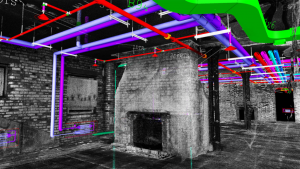
Realizing these benefits, LKCo. has fully embraced the investment in technology and made it a part of our workflows from preconstruction through project handover. Our in-house Virtual Design and Construction team evaluates each project individually and uses the best available tools to maximize efficiencies, reduce schedule and, most importantly, reduce costs.
This is all made possible through constant research and development to ensure new technologies and software are put to the best use and adding value to our projects.
Our VDC Services Include:
